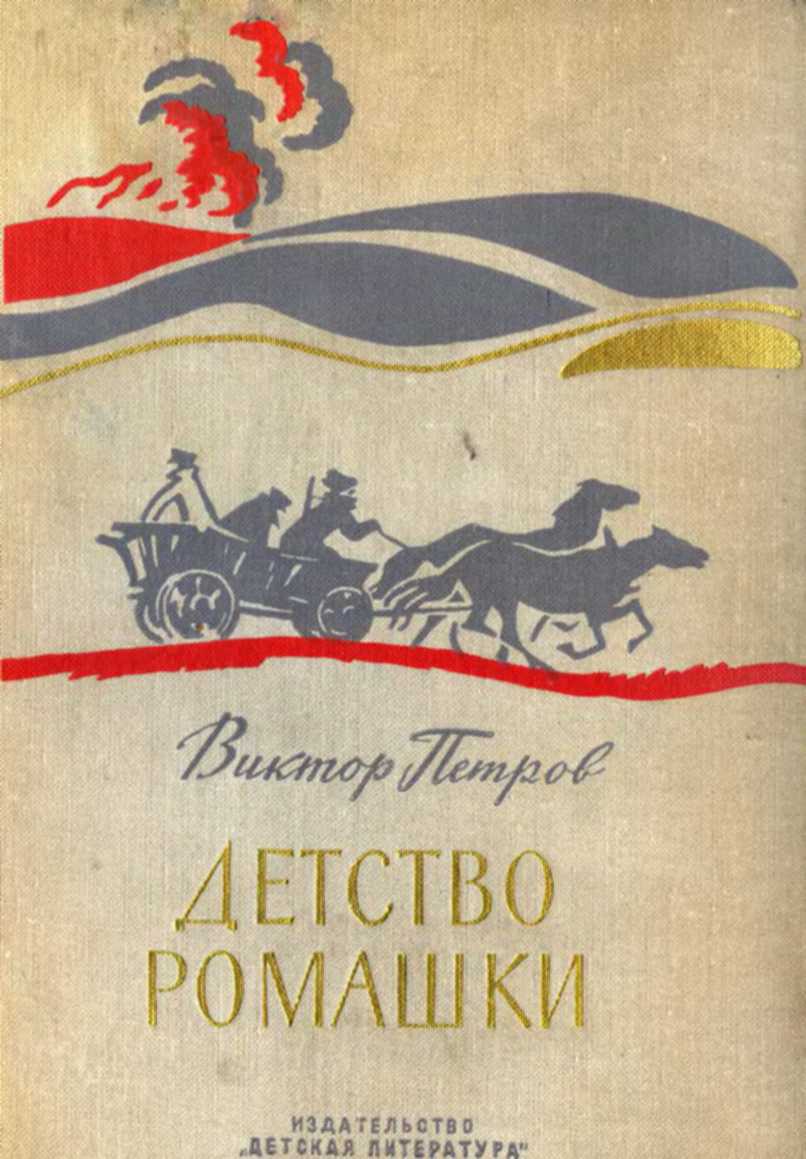to the problems that its creator, Fred Brooks, famously recounted in The Mythical Man Month (1975).
311. Pugh, Johnson, and Palmer (1991, pp. 368–95).
312. Sobel (1983, pp. 220–21).
313. Fisher, McKie, and Mancke (1983, p. 257).
314. Fisher, McKie, and Mancke (1983, pp. 170–79).
315. The complaint is reprinted in Fisher, McGowan, and Greenwood (1983, pp. 353–59). 316. Although the timing of the announcement of the unbundling decision was motivated
by the impending litigation, the decision itself was something IBM had long been contemplat- ing. It reflected market conditions, and it would have happened independent of antitrust policy (Humphrey 2002).
317. Robert H. Bork, quoted in “U.S. vs. I.B.M.,” New York Times, February 15, 1981, Section 3, p. 22.
318. Craig (2000, pp. 92–93).
319. Barnouw (1966a, p. 31).
320. Dawson (1934, p. 267).
321. Steele (1985, pp. 127–46).
322. Barnouw (1966a, p. 170). Although the FCC put a temporary halt to the acquisition of
radio stations by newspapers in 1941 (Sterling 1968, p. 345), in the end the commission would not bar cross-ownership of broadcast stations and newspapers until 1975. It would rescind that ruling in 2017. See “FCC Broadcast Ownership Rules,” Federal Communications Commission, https://www.fcc.gov/consumers/guides/fccs-review-broadcast-ownership-rules (accessed October 4, 2020). Roosevelt was by no means the only president to use the FCC as a political weapon. By the 1960s, the rise of television had lowered the value of many small radio stations, which were increasingly bought up by right-wing Christian broadcasters. Alarmed, Attorney General Robert F. Kennedy asked Walter Reuther for help. Reuther’s notorious 24-page memo recommended that the administration use the IRS and the FCC against the broadcasters. In due course, many of these broadcasters lost their tax-exempt status after IRS audits, and the FCC demanded that stations give equal amounts of free airtime to views opposing their own (Matzko 2018). In a unanimous 1969 decision, the Supreme Court affirmed the FCC’s right to impose the Fairness Doctrine (Red Lion Broadcasting Co. v. Federal Communications Commission 395 US 367 [1969]).
323. Robinson (1943, pp. 63–74).
324. National Broadcasting Co. v. United States, 319 U.S. 190 (1943). In view of this ruling, the antitrust cases were rescinded. In effect, the ruling transferred antitrust jurisdiction over broad- casting to the FCC.
325. Lessing (1969); Lewis (1991).
326. Sterling and Keith (2008, p. 18).
327. Radio Corporation of America et al. v. Radio Engineering Laboratories, Inc., 293 U.S. 1
(1934).
328. Lessing (1969, p. 169).
640 Notes to Chapter 8
329. Hazlett (2017, p. 64).
330. At about the same time, RCA was also experimenting with VHF relay for television programming (Udelson 1982, p. 93).
331. Bannister (2001); Fisher and Fisher (1996); Udelson (1982).
332. Bannister (2001, p. 91).
333. Fisher and Fisher (1996, p. 197).
334. Radio Corporation of America Annual Report for the Year 1930, p. 26. 335. Udelson (1982, pp. 99–127).
336. Fisher and Fisher (1996, pp. 191–93, 212).
337. Farnsworth’s California backers had taken his venture public in early 1929. At Philco, his research expenses were considered prepaid royalties. After a couple of years, Philco decided that the experiment was costing too much, and Farnsworth was then left with only the support of his California stockholders. To raise more funds, the venture acquired two Indiana-based radio companies and went into the business of making radios (Maclaurin 1949, pp. 207–9).
338. Graham (1986, p. 53)
339. Bilby (1986, pp. 131–37).
340. Maclaurin (1949, p. 206).
341. Wu (2010, p. 144).
342. Lessing (1969, pp. 199–200); Sterling and Keith (2008, pp. 31–33). Since FM encodes
information by varying the frequency of the waveform, the width of the channel in frequency space determines how much information can be encoded. Wider channels mean more informa- tion and thus higher fidelity and a higher signal-to-noise ratio. RCA had wanted to limit FM channels to 40 kHz, but the FCC granted the full 200 kHz Armstrong requested. Television needs to transmit far more information, and a TV channel would be six MHz wide (Maclaurin 1949, p. 229).
343. Sterling and Keith (2008, p, 54). 344. Lessing (1969, p. 207).
345. Slotten (2000, pp. 115–44).
346. Slotten (2000, p. 125).
347. Lessing (1969, p. 214); Lewis (1991, pp. 304–5).
348. The commission rescinded its 1940 requirement that every FM station air at least two hours of original programming. Some 80 percent of applicants for FM licenses in 1945 were owners of AM stations in the same market (Boddy 1990, p. 37).
349. Already by 1934, Armstrong had demonstrated multiplexing, the ability to broadcast multiple streams of information on the same channel. From his experimental station on the 85th floor of the Empire State Building, he was able to transmit simultaneously the programs of both the Red and Blue networks, along with a facsimile of the front page of the New York Times.
350. Sterling (1968); Inglis (1990, pp. 141–45).
351. Lessing (1969, pp. 231–48); Lewis (1991, pp. 309–27).
352. Graham (1986, p. 59). The NDRC let numerous contracts for the development of tele-
vision itself, principally in connection with a program for guided missiles that never reached fruition during the war. That research did indeed yield a more sensitive camera tube. But after the war, the new tube was discarded because its characteristics were unsuited to commercial broadcasting (Bannister 2001, pp. 133–66).
Notes to Chapter 8 641
353. Levy (1981, p. 99).
354. Levy (1981, p. 116).
355. “RCA’s Television,” Fortune, September 1948, p. 83.
356. Levy (1981, p. 124).
357. Klepper and Simons (2000).
358. Graham (1986).
359. Langlois and Robertson (1995, pp. 77–84).
360. Graham (1986, p. 61).
361. Bilby (1986, pp. 175–98); Fisher and Fisher (1996, pp. 309–27).
362. Coy was an executive of the Washington Post Company, which owned stations affiliated
with the CBS network. The outgoing chair, a New Dealer called Charles Denny, had left to become





